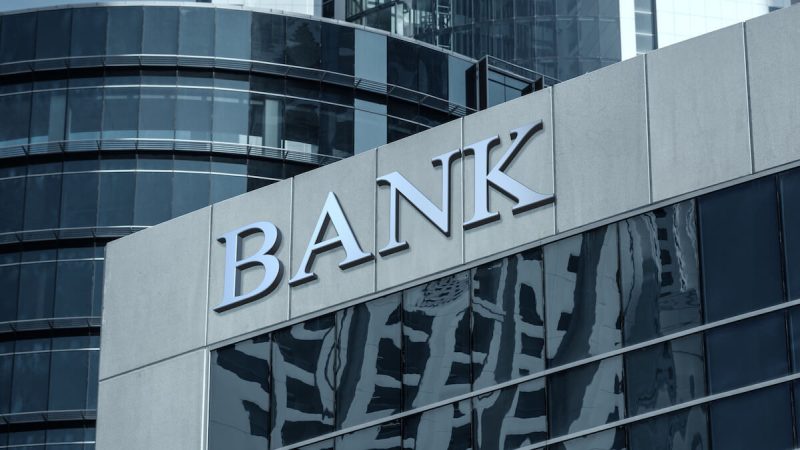In the modern age of fast-paced financial activities and digital transactions, the stability of the banking system remains a crucial concern for economies worldwide. As financial institutions sit at the heart of the economic machinery, any sign of systemic weakness can send shockwaves through the entire financial ecosystem. Are we on the precipice of a banking system implosion, where the very foundation of global finance could come crumbling down?
One key indicator to look out for in assessing the health of the banking system is the level of non-performing loans (NPLs). Non-performing loans refer to loans where the borrower has failed to make scheduled payments for a certain period, typically 90 days or more. An increase in NPL ratios can indicate underlying weaknesses in the economy, such as rising unemployment, declining consumer spending, or a general economic downturn. As borrowers struggle to meet their debt obligations, banks face the risk of accumulating bad debts that erode their balance sheets and profitability.
Furthermore, the interconnected nature of the banking system poses a significant risk during times of financial stress. Banks rely on each other for various activities, such as interbank lending, derivative transactions, and payment clearing. If one major bank experiences financial difficulties or fails, it could trigger a domino effect that spreads throughout the entire banking system. This contagion risk can lead to a systemic crisis where multiple banks face insolvency, liquidity shortages, and a loss of confidence from depositors and investors.
Another potential red flag to watch out for is the level of capital adequacy within banks. Capital adequacy regulations require banks to maintain a certain level of capital relative to their risk-weighted assets to absorb losses and remain solvent. Inadequate capital buffers can leave banks vulnerable to unexpected shocks, such as a sudden economic downturn, a sharp increase in loan defaults, or a collapse in asset prices. A lack of capital resilience could force banks to curtail lending, reduce their risk appetite, or even seek government bailouts to stay afloat, further exacerbating the systemic risks facing the banking sector.
Additionally, the rapid evolution of financial technology (fintech) and the rise of non-bank financial institutions pose new challenges to the traditional banking system. Fintech companies and digital platforms are changing the way financial services are delivered, challenging the dominance of traditional banks and forcing them to adapt to a more competitive and innovative landscape. As fintech disrupts the financial sector, banks may face increased pressure to improve their efficiency, enhance their customer experience, and invest in digital capabilities to remain relevant and resilient in the face of technological disruptions.
In conclusion, while the banking system has weathered many storms in the past and demonstrated resilience in the face of challenges, it is essential to remain vigilant and proactive in monitoring potential signs of systemic weaknesses. By staying attuned to indicators such as non-performing loans, interconnectedness risks, capital adequacy levels, and technological disruptions, regulators, policymakers, and market participants can take timely actions to mitigate risks, enhance stability, and safeguard the integrity of the banking system for the benefit of the broader economy.

